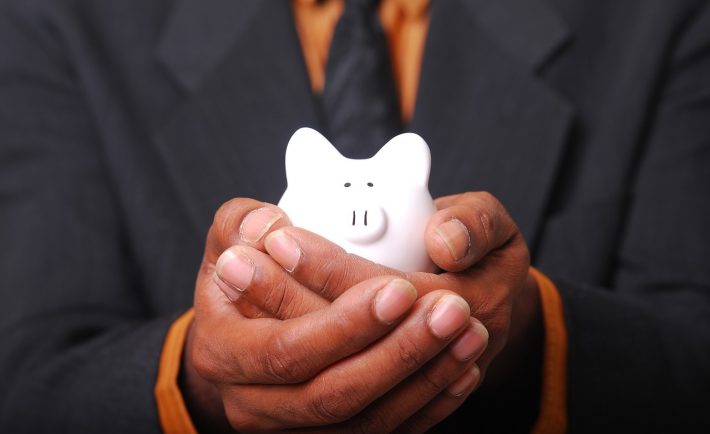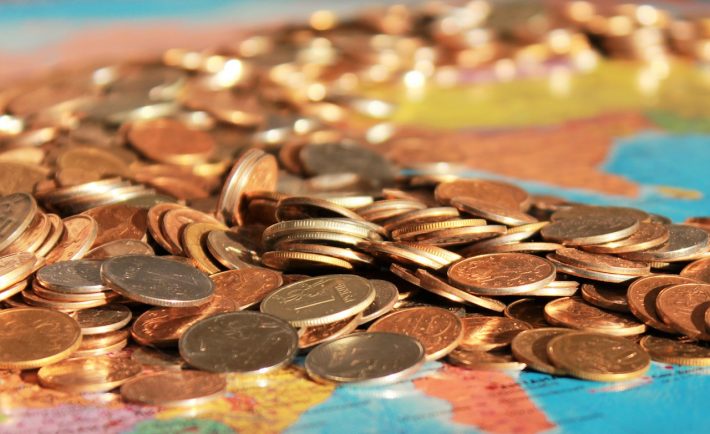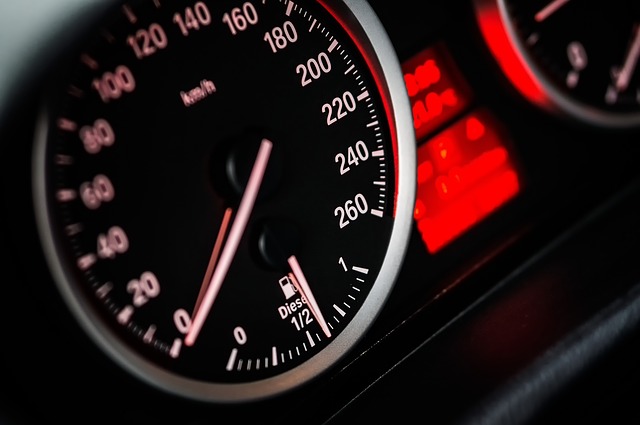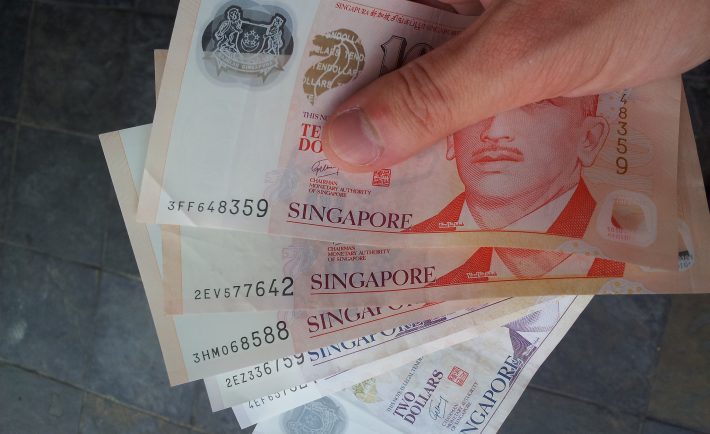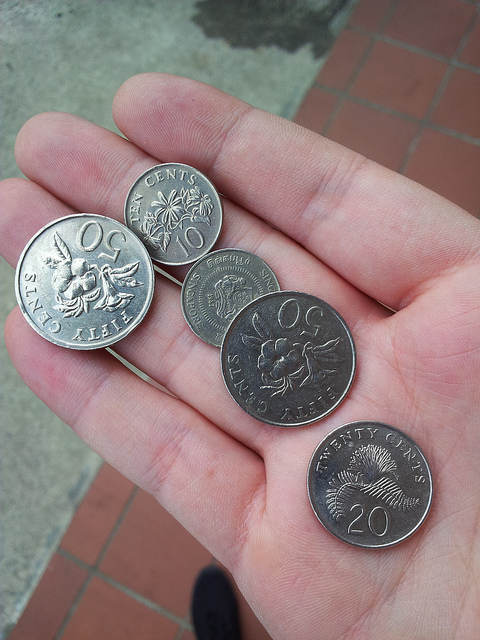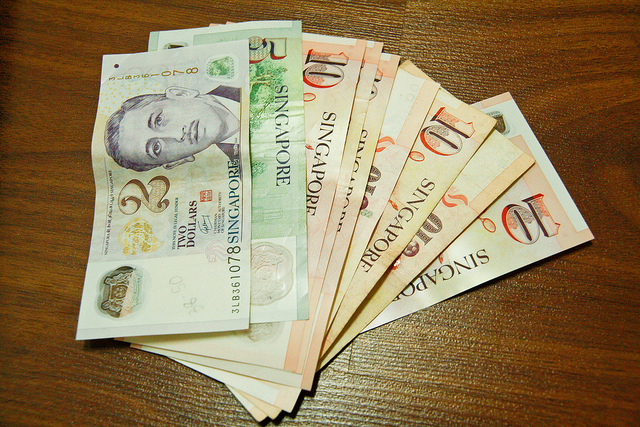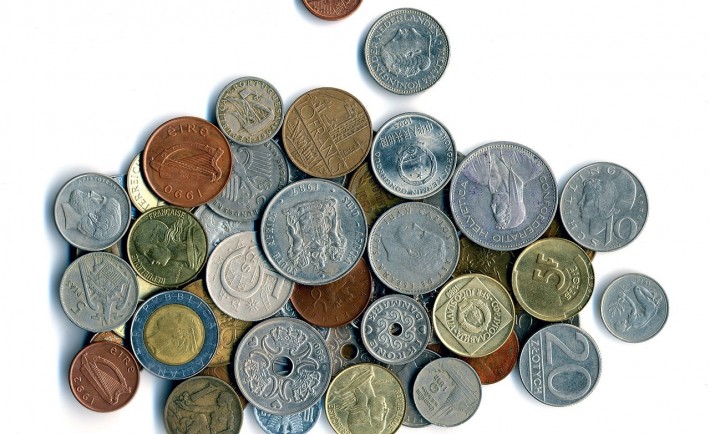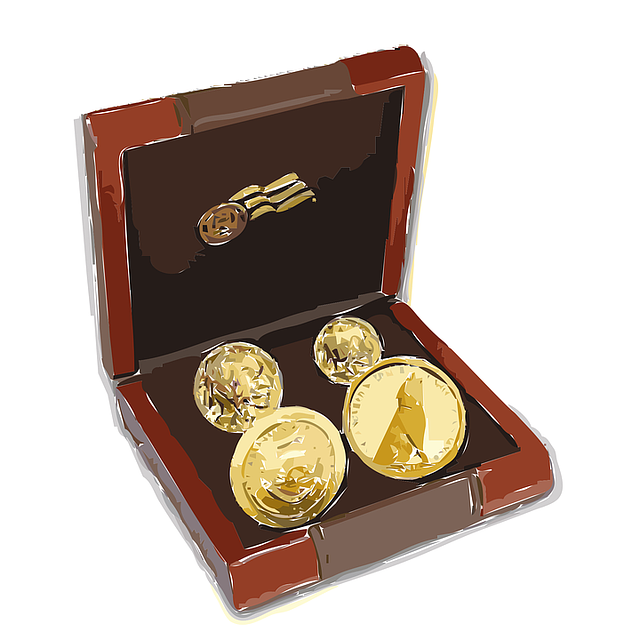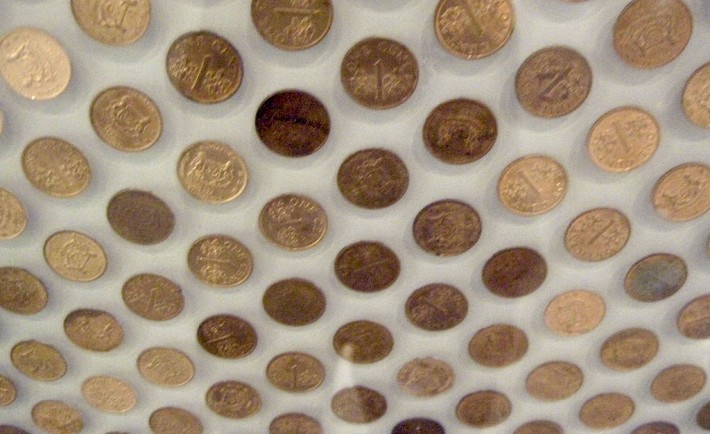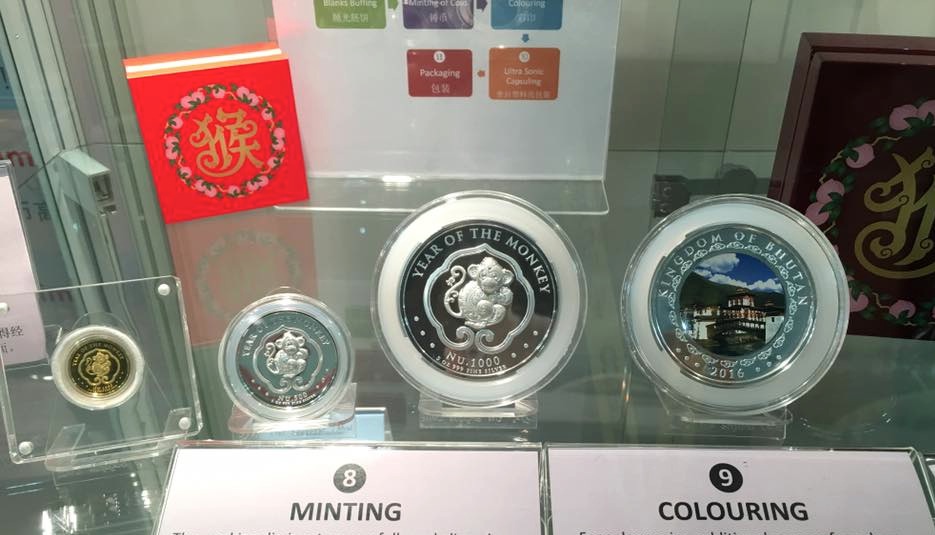With the surge of expenses from left to right, many find it difficult to save money on the side. The difficulty arises not only due to the lack of self-control, but also due to our perception. Harvard Economics Professor Sendhil Mullainathan tells CNN Money that “it is human nature not to save, but we can get better at it”.
#1: ACCEPTANCE
The first step to building your savings is acceptance. Accept your current financial situation and today’s economy. Whether you admit it or not, saving money is harder than ever. As prices in Singapore increase, we have less “disposable” income that we can allocate to our financial goals.
Acceptance of these will enable you to focus on the future priorities rather than focusing on the urgent expenses. You can automate your savings and allocate it to your retirement or education funds. I suggest you start small with the “52 Week Money Challenge”. This challenge encourages a slow and steady approach to saving money.
#2: REMOVAL
The second step to building your savings is to remove unnecessary elements such as your multiple credit cards. It is no surprise that saving money is hindered by the accessibility of credit. You see, our cashless society diminishes our appreciation for every dollar that we spend. Credit cards enable us to spend money before we save. And, there is no going back!
Not to mention, credit cards enable us to subscribe to monthly services such as video and music streaming. Our subscriptions add up! Every dollar you spend on meal delivery or Taobao delivery add up. What’s more? It can be difficult to cancel a monthly service that you forgot to sign up for. Just take caution with your plastics!
#3: RESET
The last piece of the puzzle is our perception towards savings. Many Singaporeans think that saving is challenging because it requires a heroic feat of tightening one’s budget. In reality, saving money can be done gradually. It should not be driven by sacrifice. Instead, it should be driven by opportunities harnessed by self-control.
For instance, you may save money without being conscious about it all the time through automation. You can automate a specific amount of your salary for it to go straight to your savings account. You cannot spend what you cannot see!
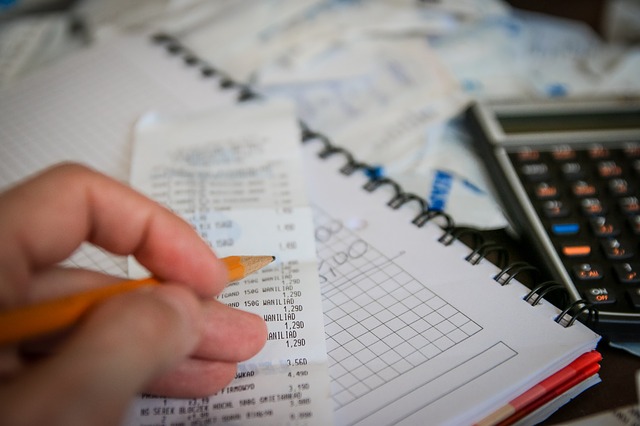
Image Credits: pixabay.com
Reset your perceptions about saving money. There are benefits to moving forward. And, moving forward you must do!

